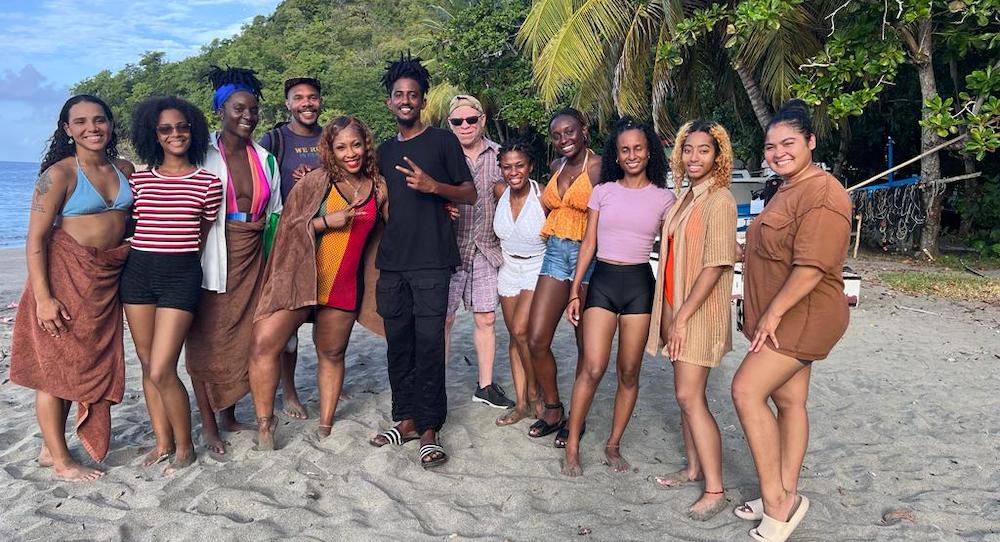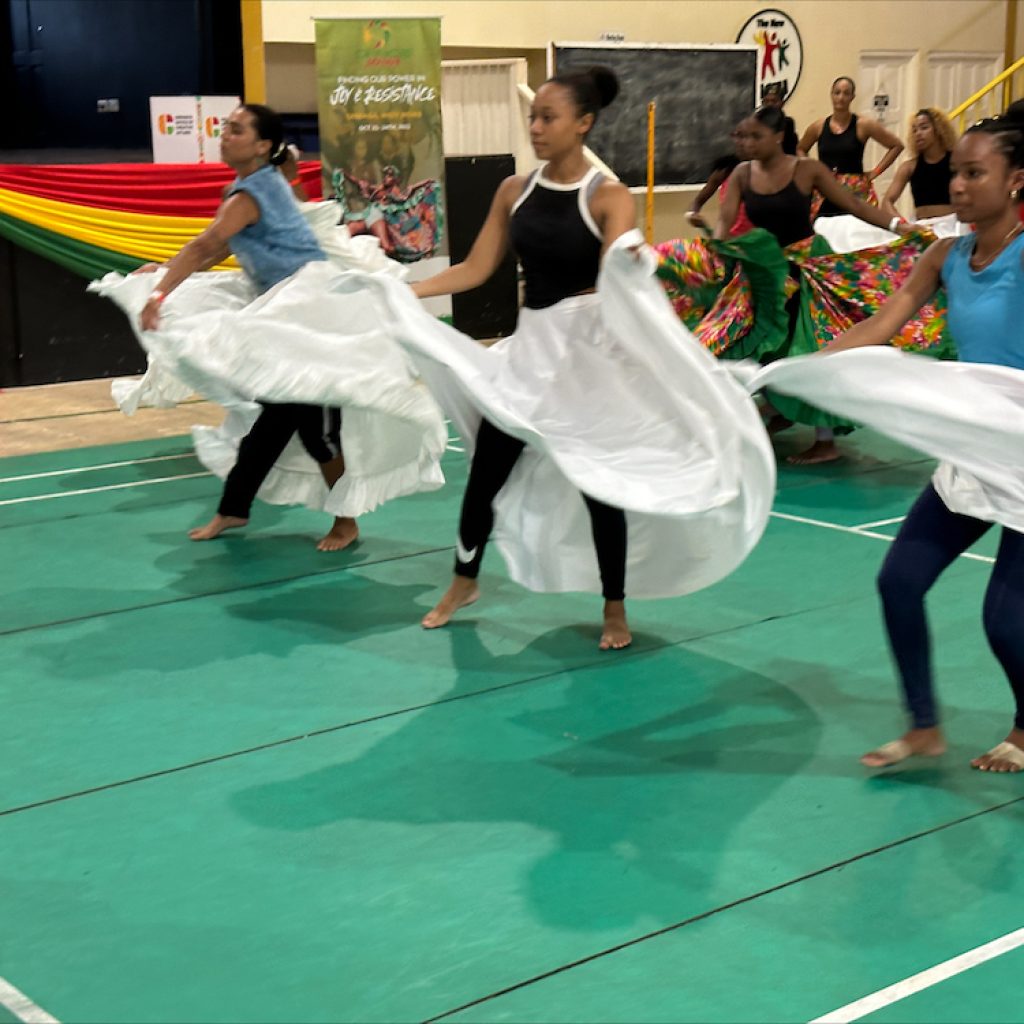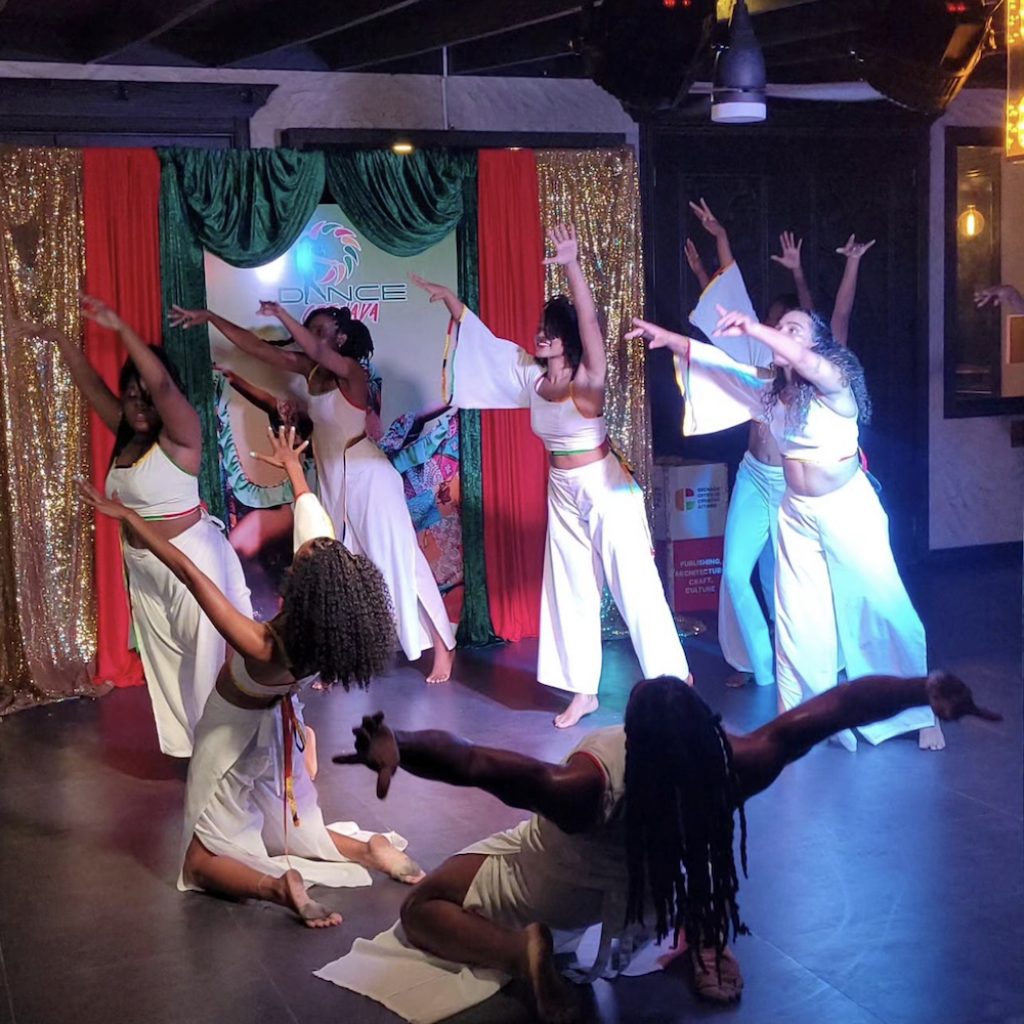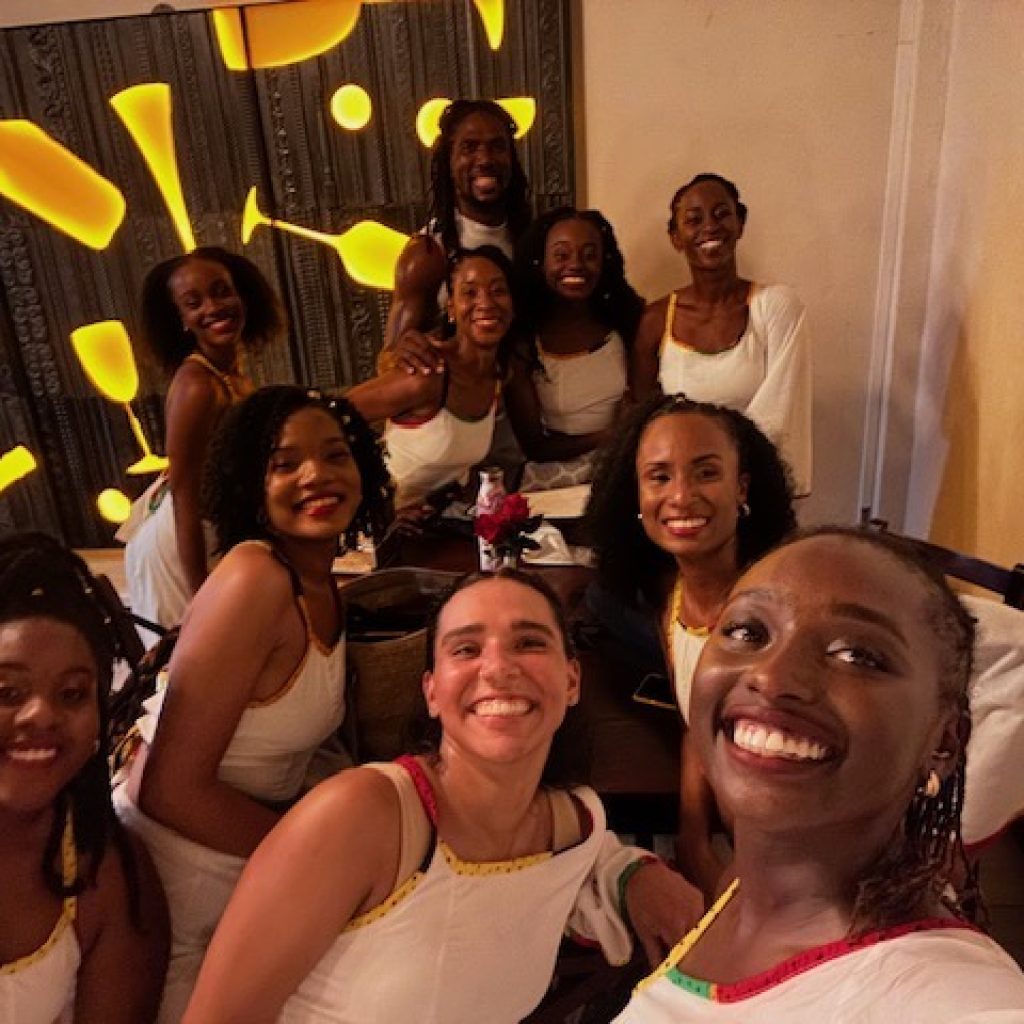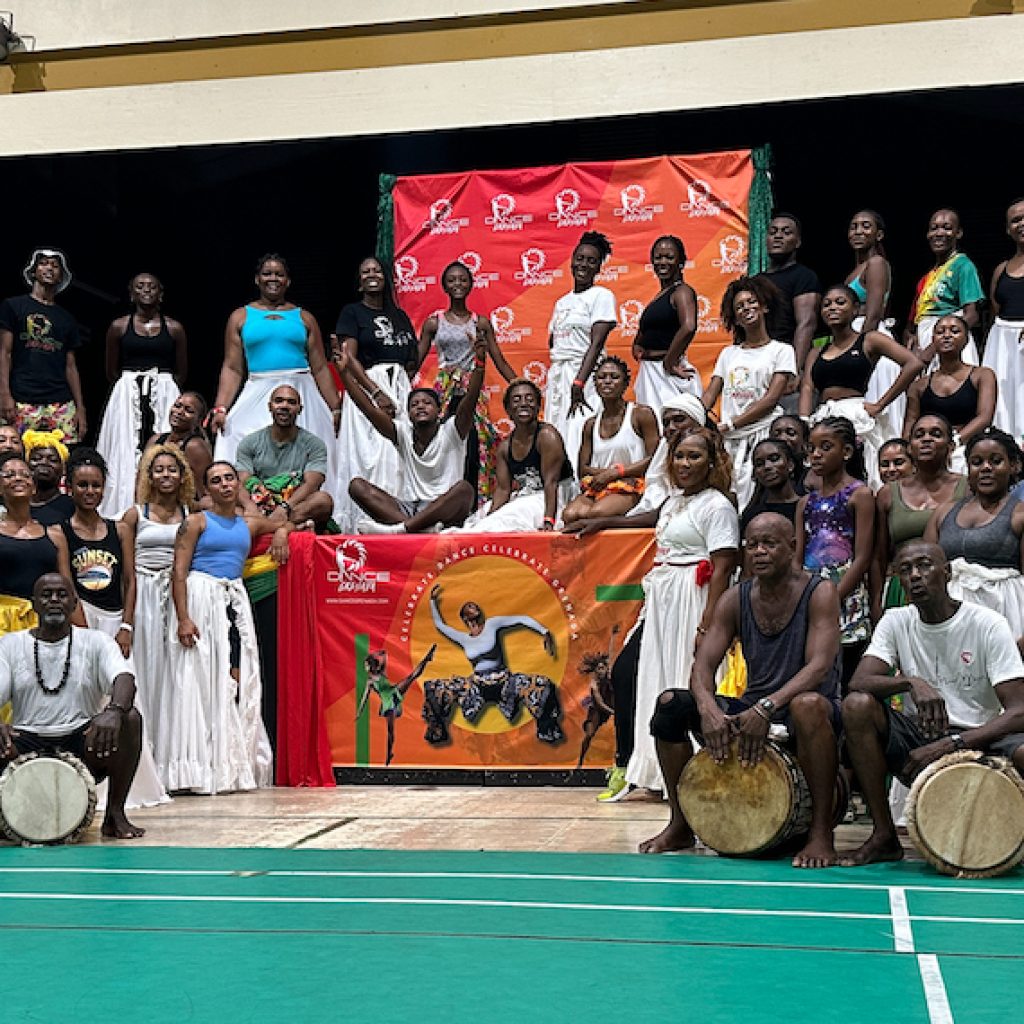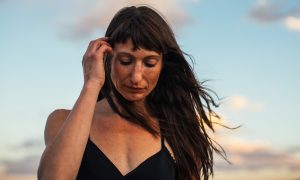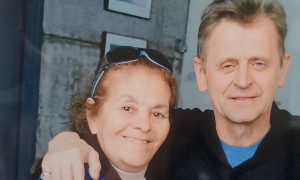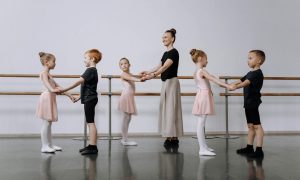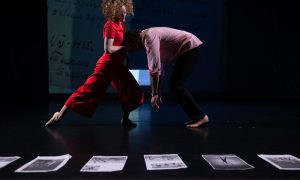Shola K. Roberts is an award-winning dancer and educator who now teaches in the School of Music, Dance and Theatre at Arizona State University (ASU). She always envisioned bringing students and faculty to experience these Caribbean and African styles firsthand.
“Caribbean dance and Caribbean culture is something foreign to my learners,” Roberts says.
This year, ASU dance students had the opportunity to travel to Roberts’ community in Grenada. Students practiced and performed with Caribbean practitioners and local studio dancers at Dance Grenada, the national festival Roberts founded in 2019.
“The fact that I’m in my second year teaching here and able to mobilize faculty members and students to travel and create a cross-cultural, cross-institutional exchange between [ASU] and on the island is important,” Roberts says.
She plans for the festival to continue to grow, having more students experience the island as part of their dance education. Bringing people together to experience her culture and share experiences in Grenada is a large part of why she founded the festival.
ASU students Alecea Housworth (third-year Dance MFA student), Shayla Eshelman (Dance ‘24) and Cherish Hayes (Dance ‘25) were able to attend the cross-institutional trip through grants provided by the Herberger Institute for Design and the Arts.
“I didn’t ever expect to be able to go to a different country and study African styles,” Eshelman shares. “I’ve always said I wanted to go somewhere that’s not here and learn a different culture and style. She literally made one of my wishes come true.”
They were thrilled about this opportunity to practice dance on location. It was the first time most of them had traveled outside the United States.
“It was so bright and warm, and the people were so warm and inviting,” Housworth recalls.
Housworth, Eshelman and Hayes had been training and practicing with Roberts to perform at Dance Grenada’s welcome ceremony. This would kick off the collaboration between ASU students and Caribbean dancers throughout the festival.
Part of the experience was touring local dance studios like Conception Dance Theatre on the island to see how they practice. Together, dancing with educators and students, they traded techniques and swapped styles.
“When someone is clear about their history and identity, they are always better able to navigate the world around them,” Roberts says. “They know how to move in spaces that may not necessarily look like them or speak like them.”
The three recounted their experiences.
“We’re here to work. We’re here to train. We’re here to grow together, and that’s exactly what we did on the first day,” Eshelman says. “Each teacher brought their own intensity, and it’s like the teachers knew what we needed.”
“I got to see all these people who have been practicing these movement styles for years and practicing them with the people who have passed them on through generations,” Hayes adds. “You can just see looking at the shape of their bodies they are just so strong.”
“We were there for like eight-plus hours one day and we’re drenching, pouring in sweat,” Housworth recalls. “You can ring out our t-shirts and our shorts. I know it’s gross, but that’s how hard we were dancing.”
During these classes, local vendors stood on the side selling handmade crafts. Roberts recalls joy as dancers supported the vendors making a living. But it went both ways, according to Roberts.
“Seeing some of the vendors wanting to get up and dance, feeling compelled to move because they felt the energy,” Roberts explains.
The festival was a way to bring the whole community together and teach how important dance needs to be taken as seriously as other professions.
“Positive energy is so contagious that sometimes people can’t run away from it,” Roberts says.
The cross-cultural exchange wasn’t a one-sided trip for ASU students to learn about Grenadian culture. Roberts needed community members on the island and dancers to see what’s possible in dance.
“They’re doing dance as a hobby. It was something they’re truly passionate about, but they have other jobs and are not able to explore it,” Housworth notes.
Dance in Grenada historically lacks the funding and support needed. The festival is a key way to show people this is something that needs to be taken seriously.
“They all were pretty much saying the same thing, that we need more access,” Hayes says. “We need more advocacy, and we need people outside of the dance world to see dance for what it is and to appreciate it.”
Eshelman was taking a break during a class when a girl approached and told her how inspired she was. She asked Eshelman, “I was wondering, how you do that? I want to continue to dance, but I have a lot of people telling me it’s a waste of time.”
“I’ve been dealing with those exact same things,” Eshelman told the girl. “And I continue to deal with them even now, but look at where I’ve been. I had the opportunity to come and dance with you in Grenada. These things are possible. You just have to figure out what you’re focused on and what you want and just keep working.”
Housworth, Eshelman and Hayes were able to build conversations with other passionate, young dancers to show them that dance as a career is a possibility; it doesn’t just have to be a hobby to them.
“We usually don’t see something as being attainable unless we see someone else doing it,” Roberts explains as being an important reason for ASU students studying dance to attend.
Roberts hopes policy changes and advocacy will emerge from the festival in the future. Important figures in attendance were the Grenadian Minister of Youth, Sports and Culture, the Honorable Ron Redhead; and the Grenadian Advisor for the Ministry of Economic Development and Planning, Orlando Romaine.
“This is something of value; this is academia,” Roberts says. “In other parts of the world, folks are having conferences and panel discussions.”
Dance needs to be a tool to promote the empowerment of Grenadian people; it isn’t something that’s purely performative, Roberts emphasizes. It’s a way of preserving history and culture, promoting economics and promoting self-identity.
Grenada values its traditions, Roberts points out; for the deeper value to be understood, dance needs to be placed on the same level as other scholarly subjects.
Roberts knows the festival is going to continue to grow as it enters its fifth year and will be part of Grenada’s official 50 years of independence celebration. With the school’s collaboration, they will be able to bring more students and continue to grow the cross-institutional conversations to support ASU students and future dancers in Grenada.
“Even if people aren’t from Grenada, it still feels like a home and homecoming,” Roberts says.
When Roberts spoke, she had just returned from the festival, eager to share with her students again at ASU.
“Today was my first day back lecturing,” Roberts shares. “I had a moment where I thought we can’t afford to take breaks. We can’t afford to dismiss or let go of what we’ve already attained. We have to hold on to it because then we’re working backward. Take your breaks, do what you need to do; but do not let go of this information because we have to keep progressing forward.”
For more information on the Dance Grenada festival, visit www.dancegrenada.com.
By Benjamin Adelberg for Dance Informa.


